Four Seasons Hotel Istanbul at Sultanahmet review: a new star of the old city
This newly refurbished hotel is a serene launchpad for Istanbul’s greatest attractions
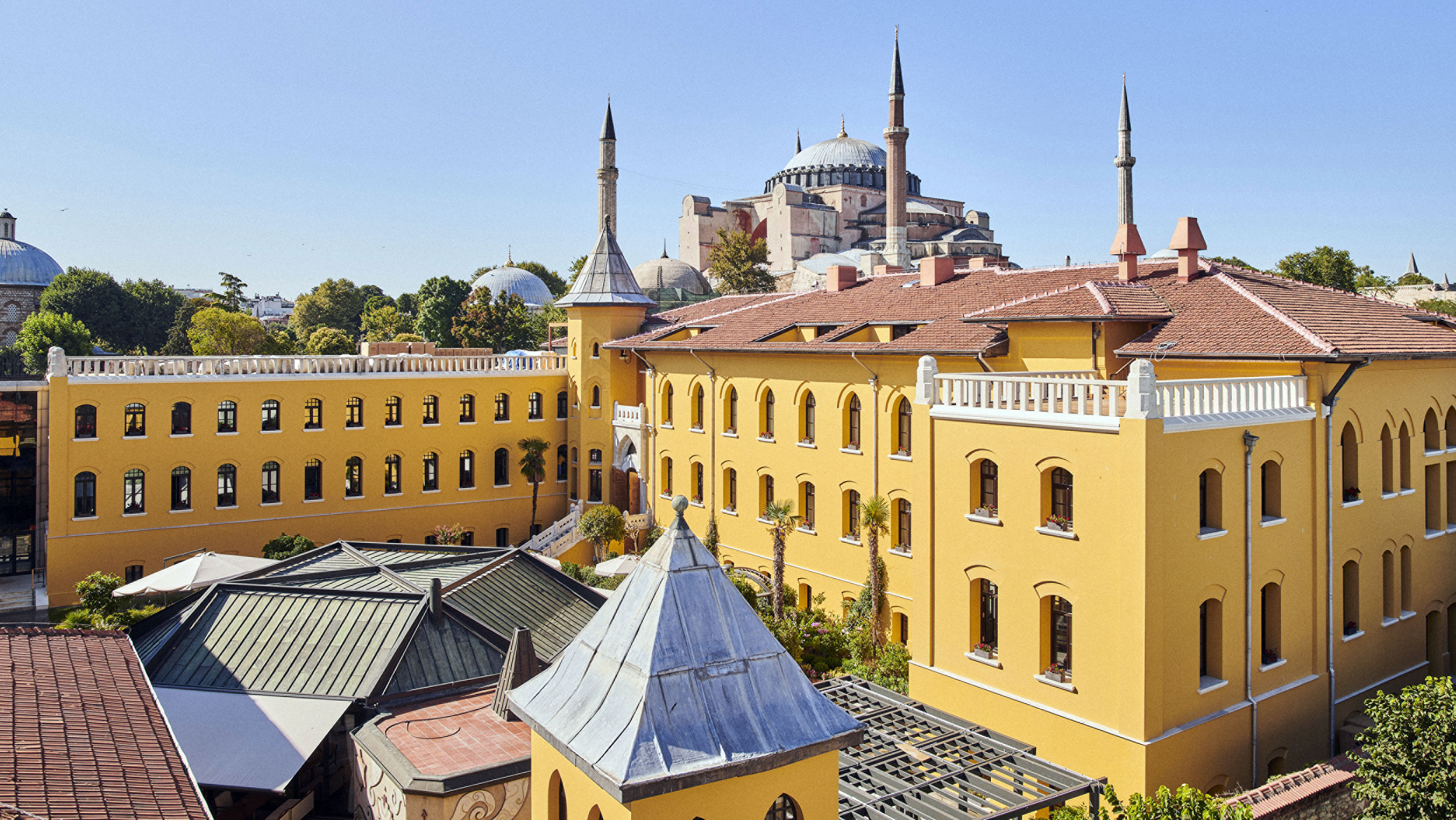
Istanbul is one of the world’s great cities. A unique location, astride two continents, and a history that includes the rise and fall of more than one empire has bequeathed it the kind of culture, architecture and food that can only come from centuries of invention and reinvention.
It can also be a little intense. The Byzantines didn’t become a byword for complexity and confusion by accident, and their dense network of streets and alleyways has been complicated yet further by their Roman, Ottoman and Turkish successors. Quiet space is not so easy to come by, especially in the intensity of the old town – which helps to explain why the neighbourhood’s most luxurious hotel, the Four Seasons at Sultanahmet, can be found in an old prison.
The vibe, however, is more monastic than punitive. Yes, some of the ground floor windows have ornate wrought iron bars, and yes, the central courtyard is overlooked by guard-friendly turrets and walkways, but the hotel’s high walls now serve as a buffer against the stresses of the city beyond. Inside, all is calm.
The Week
Escape your echo chamber. Get the facts behind the news, plus analysis from multiple perspectives.

Sign up for The Week's Free Newsletters
From our morning news briefing to a weekly Good News Newsletter, get the best of The Week delivered directly to your inbox.
From our morning news briefing to a weekly Good News Newsletter, get the best of The Week delivered directly to your inbox.

Why stay here
The Four Seasons Sultanahmet is really the only place offering five-star service so close to Istanbul’s principal attractions. Hagia Sophia is just around the corner: some rooms offer views of the cathedral-turned-mosque and its fabulously rambling architecture. The Blue Mosque is equally close, and the Ottoman splendour of the Topkapi Palace, now a museum set in beautiful gardens, is a short walk away.
The hotel itself draws out connections with these places. Freshly (and thoroughly) refurbished, the rooms and common spaces are bathed in calming natural colours. Dark wooden furniture, cream paint and long white curtains are brightened by fabrics and furnishings of ochre and pink – a subtle reference to Hagia Sophia and its Byzantine brickwork. With high ceilings, wide corridors and tall windows, this is a hotel that is generous with its space.
The courtyard adds to the impression of serenity. Tables spill out from the open-sided restaurant into the gardens, green and well groomed. Other seating areas, scattered among the shrubbery, are a little more secluded. The periodic call to prayer, drifting in from the minarets, is an occasional reminder of the pace of life outside the old prison walls.

What to do
The mosques, palaces and museums of the old city will keep you occupied for a couple of days at least, and then there’s the Bosphorus, the two-mile-wide river that connects the Black Sea to the Sea of Marmara and the Med – and which divides Europe from Asia. A busy thoroughfare as well as a scenic attraction, the river is plied by ferries and tourist boats, which dart between the jetties, hotels and mansions lining the shore.
A free daily email with the biggest news stories of the day – and the best features from TheWeek.com
Guests of the Four Seasons at Sultanahmet can take a shuttle boat to its sister hotel, the Four Seasons at the Bosphorus, a couple of miles away, and spend a day by its waterfront swimming pool. The latter is also well placed for Dolmabahçe Palace, the Resim Müzesi’s collection of Turkish and international art and the baroque revival Grand Mecidiye Mosque. The old mosque’s glittering white stone and old glass are now dwarfed by the vast suspension bridge that rises behind it, linking east and west.

Where and what to eat
The hotel restaurant is a good starting point. Informal but atmospheric, Avlu is built around a vast wood-fired oven whose copper chimney rises to the roof of the atrium. Turkish dishes take their rightful place at the heart of the menu – especially at breakfast, when it’s hard to beat the cilbir: poached eggs with garlic-infused yoghurt and spiced olive oil. Cocktails, mezze and snacks are served at the rooftop Sureyya Teras, where the domes of Hagia Sophia provide an incomparable backdrop.
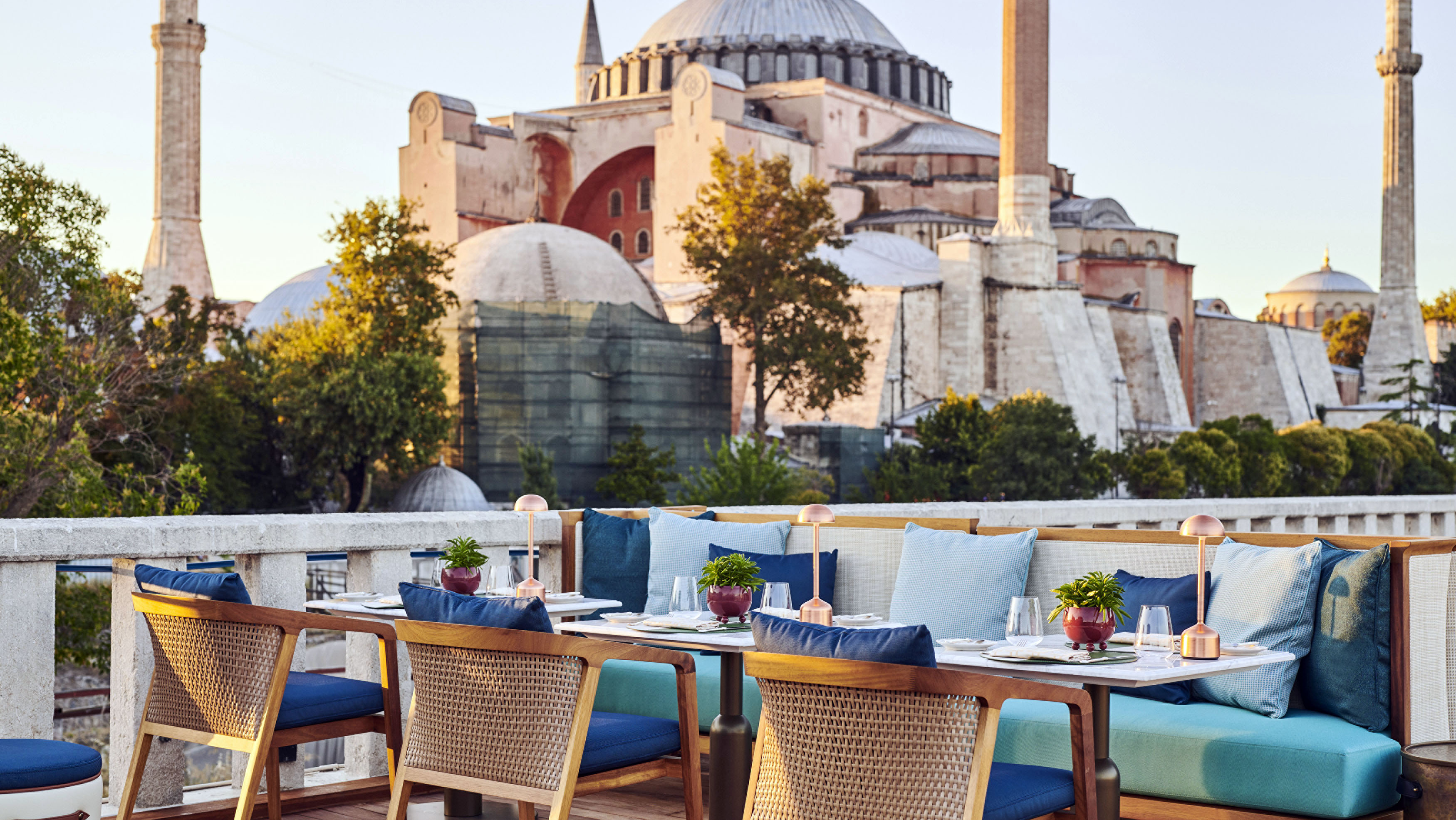
Beyond the hotel, Istanbul offers exceptional food to suit all budgets. Grilled meats and flatbreads abound in pavement cafes and kiosks throughout the city. For a more diverse sample of Anatolian cooking, head to Balikci Sabahattin, a few streets away from the Blue Mosque. There you will find a healthy proportion of Istanbul residents among the holidaymakers – all enjoying a seafood-forward menu, as well as an extensive wine list.
When to go
Spring and autumn are the best times to visit, but summers are less oppressive here than at Turkey’s southern resorts. Expect highs of 22C in May, 29C in August and 20C in October. Rain is more common in the winter months, but sunny days can still bring temperatures in the mid teens.
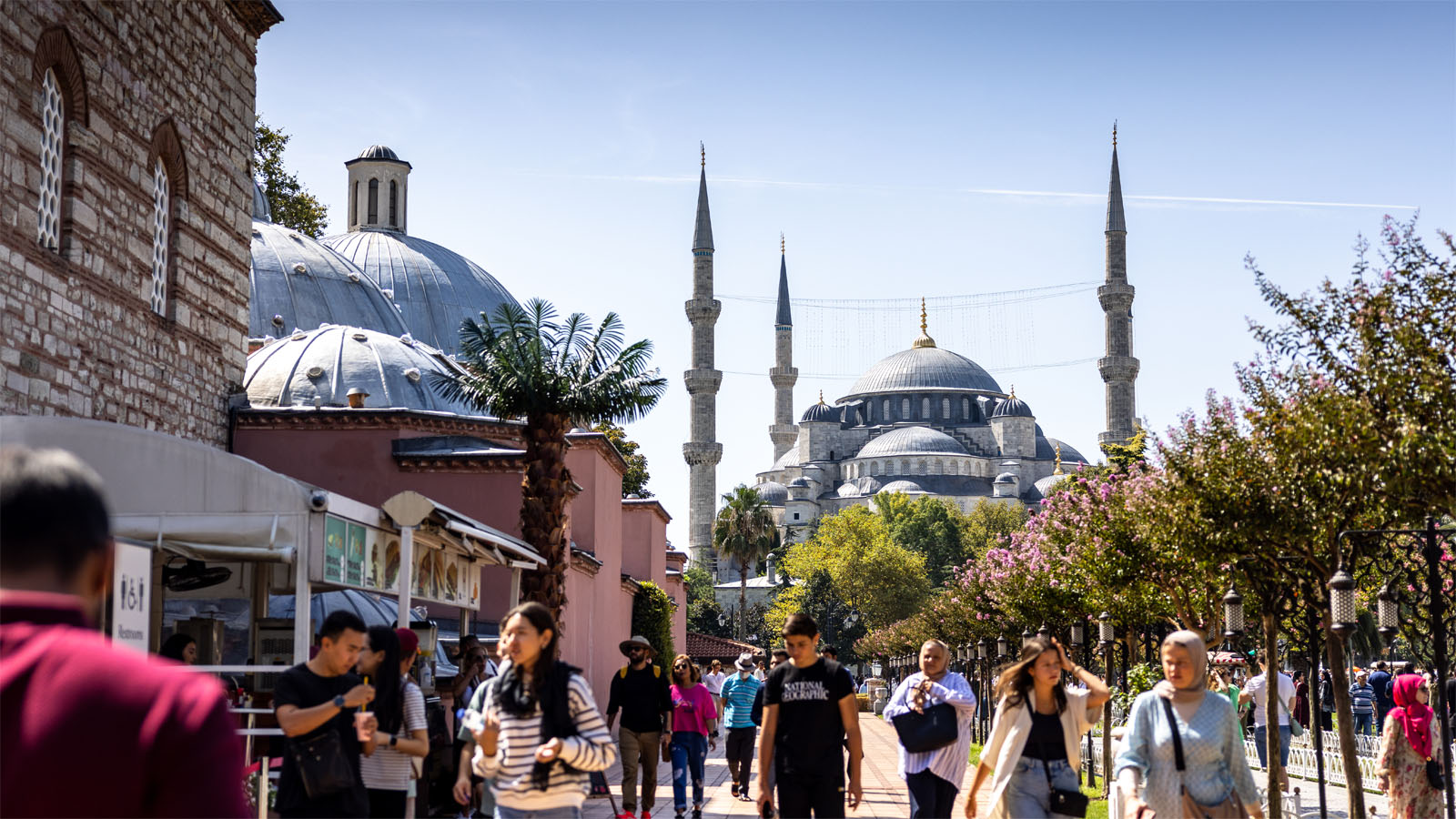
How to get here
Istanbul is one of the world’s best connected airports and direct flights link it to many UK airports. Turkish Airlines, which offers a meal and in-flight entertainment on most trips, is the most comfortable option for the four-hour journey. Prices start from about £150 return.
Double rooms are available from about £510 per night from the Four Seasons website
Holden Frith is The Week’s digital director. He also makes regular appearances on “The Week Unwrapped”, speaking about subjects as diverse as vaccine development and bionic bomb-sniffing locusts. He joined The Week in 2013, spending five years editing the magazine’s website. Before that, he was deputy digital editor at The Sunday Times. He has also been TheTimes.co.uk’s technology editor and the launch editor of Wired magazine’s UK website. Holden has worked in journalism for nearly two decades, having started his professional career while completing an English literature degree at Cambridge University. He followed that with a master’s degree in journalism from Northwestern University in Chicago. A keen photographer, he also writes travel features whenever he gets the chance.
-
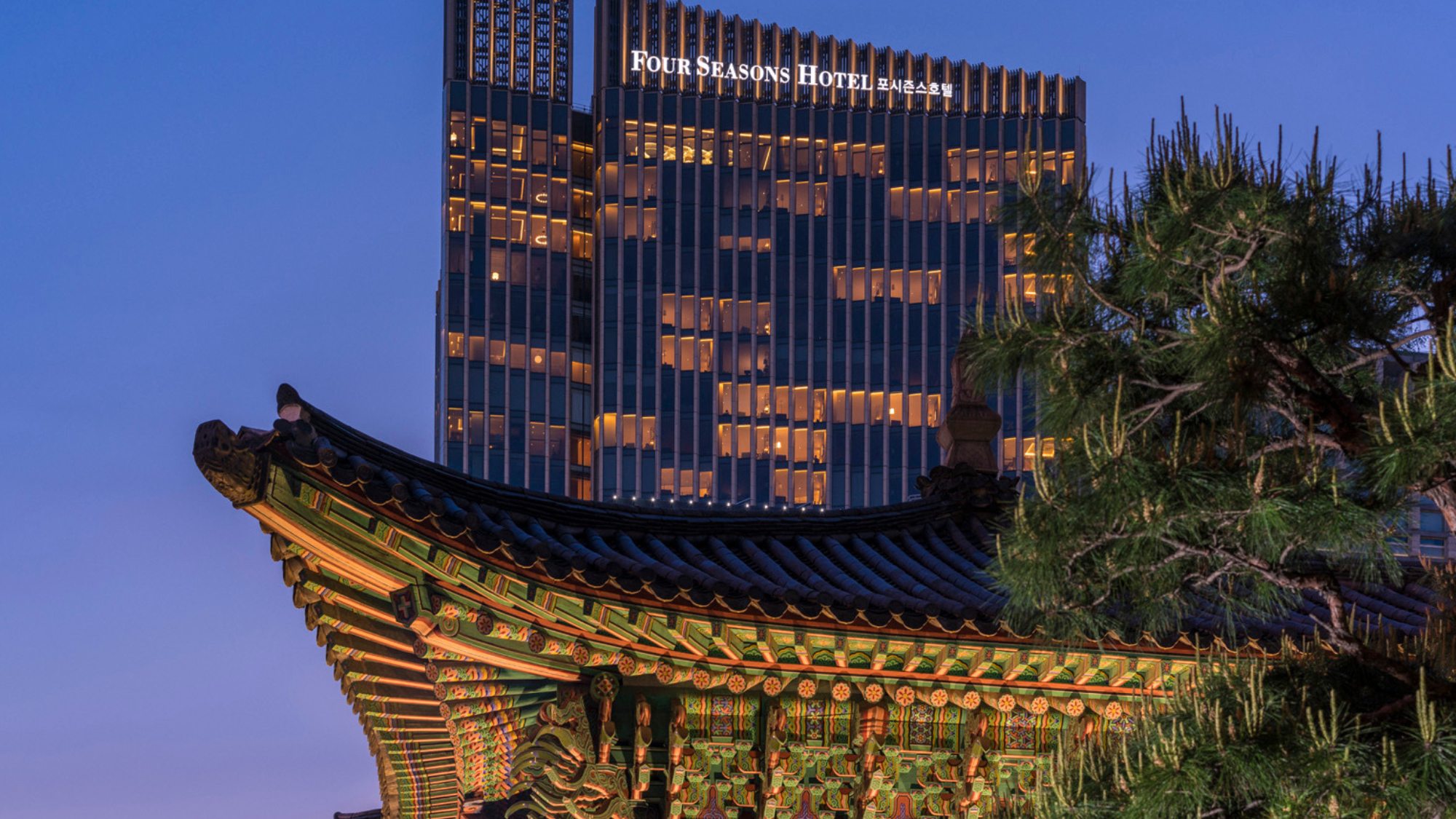 Four Seasons Seoul: a fascinating blend of old and new in South Korea
Four Seasons Seoul: a fascinating blend of old and new in South KoreaThe Week Recommends Located right in the heart of the action, this classy hotel is the perfect base to explore the capital
-
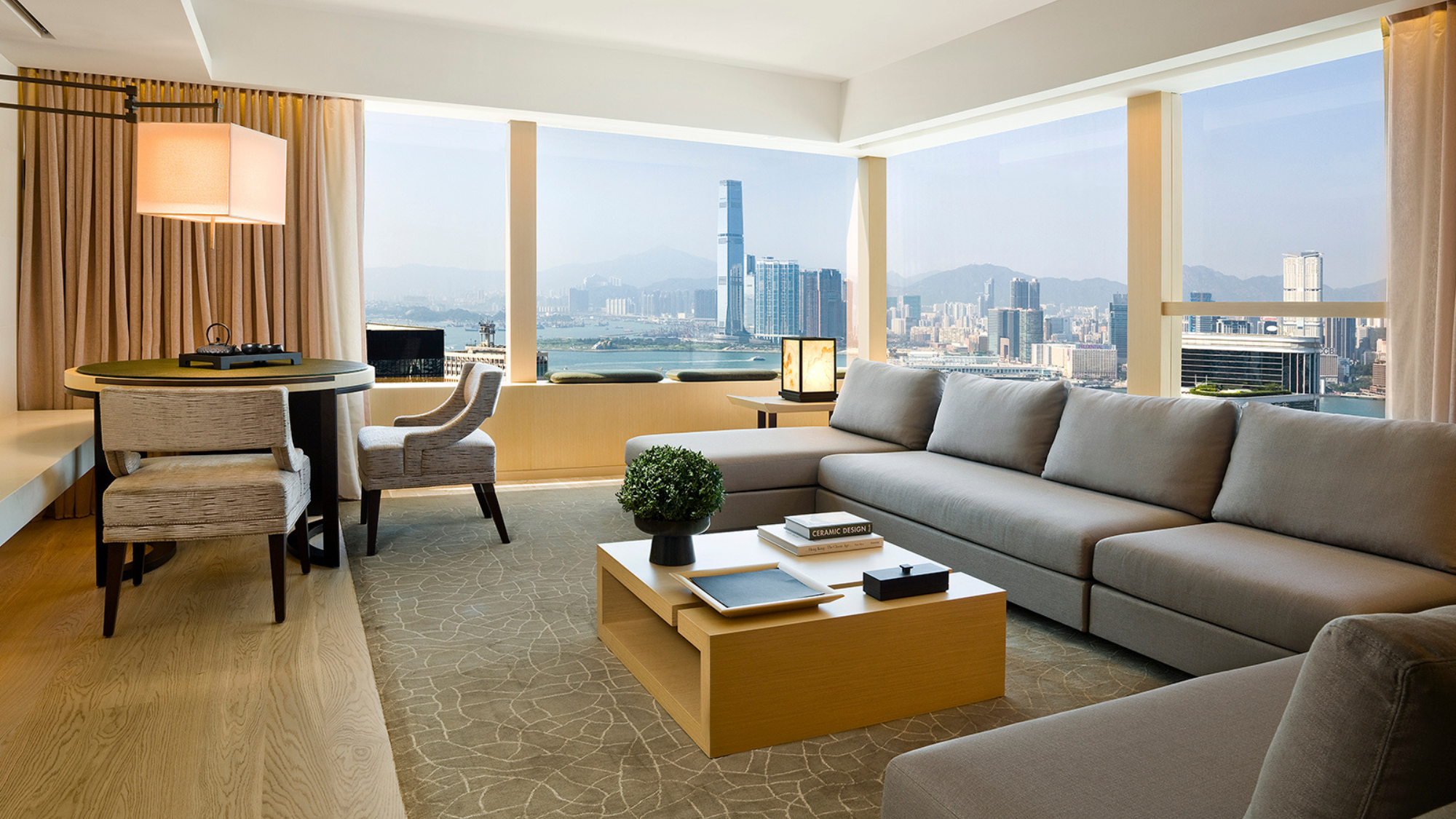 Upper House Hong Kong: a serene sanctuary in the bustle of the city
Upper House Hong Kong: a serene sanctuary in the bustle of the cityThe Week Recommends Panoramic harbour views and super-stylish interiors elevate this luxury hotel to another level
-
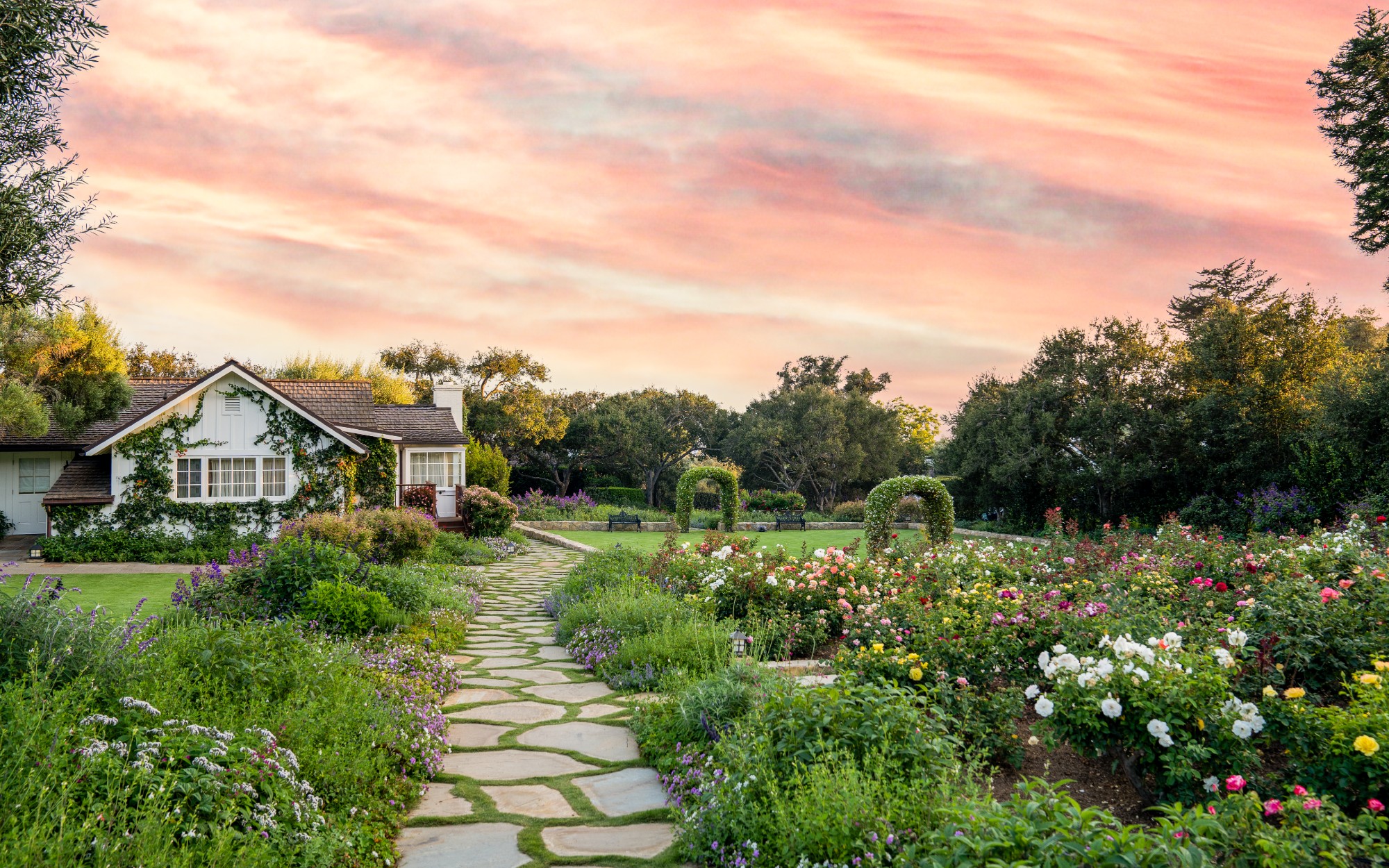 Step into a fairy tale at San Ysidro Ranch
Step into a fairy tale at San Ysidro RanchThe Week Recommends This historic Californian hideaway is pure magic
-
 The Old Bell Hotel: whimsy and charm in historic Wiltshire
The Old Bell Hotel: whimsy and charm in historic WiltshireThe Week Recommends Giraffes, monkeys and bold, bright colours add a playful touch to this 800-year-old inn
-
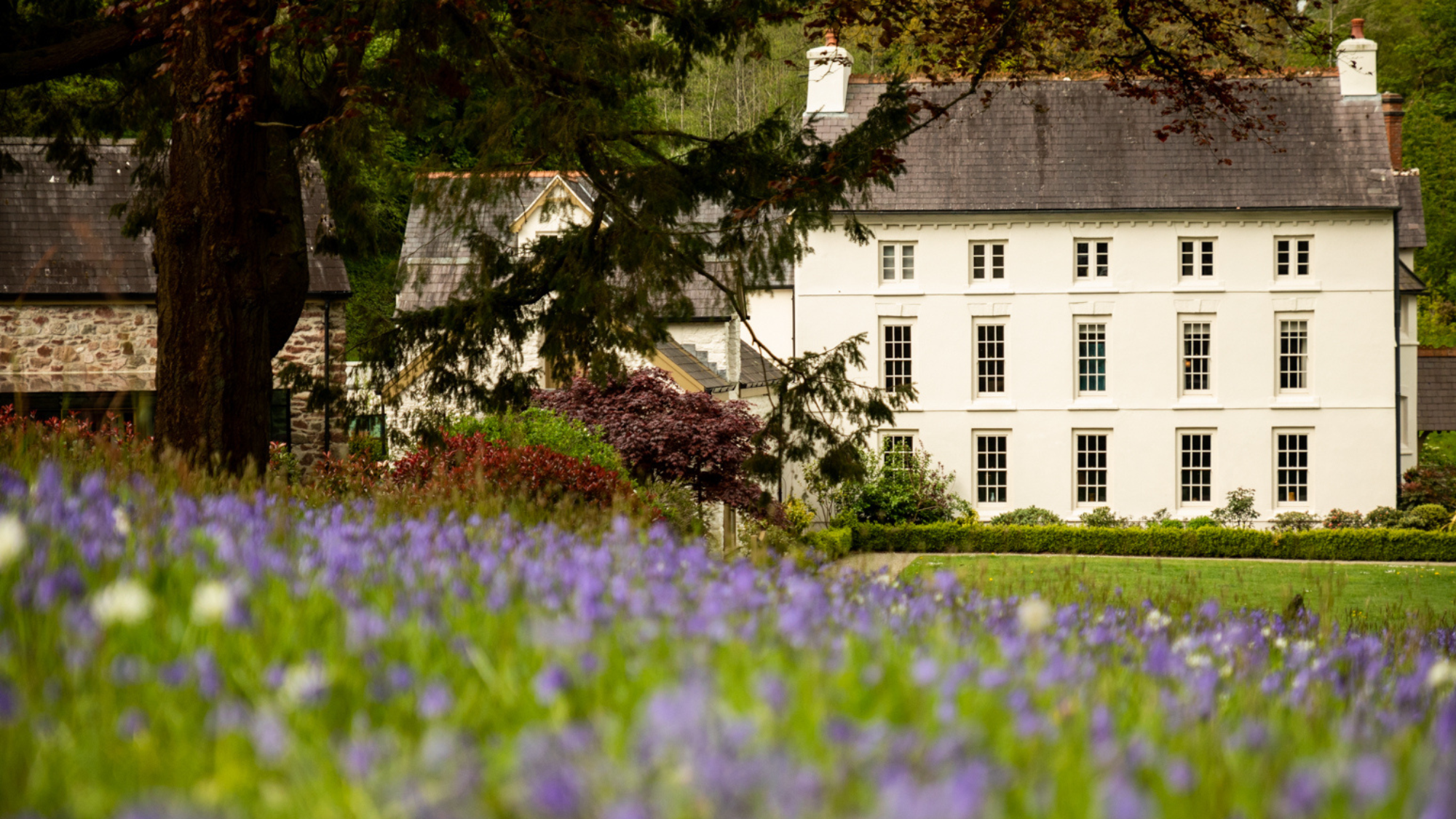 Grove of Narberth: comfort and style in the Welsh countryside
Grove of Narberth: comfort and style in the Welsh countrysideThe Week Recommends This boutique Georgian manor in Pembrokeshire is the perfect rural retreat
-
 The Peninsula: London’s first billion-pound hotel
The Peninsula: London’s first billion-pound hotelThe Week Recommends As the capital’s super-luxury hotel scene continues to expand, the respected brand is still setting the standard
-
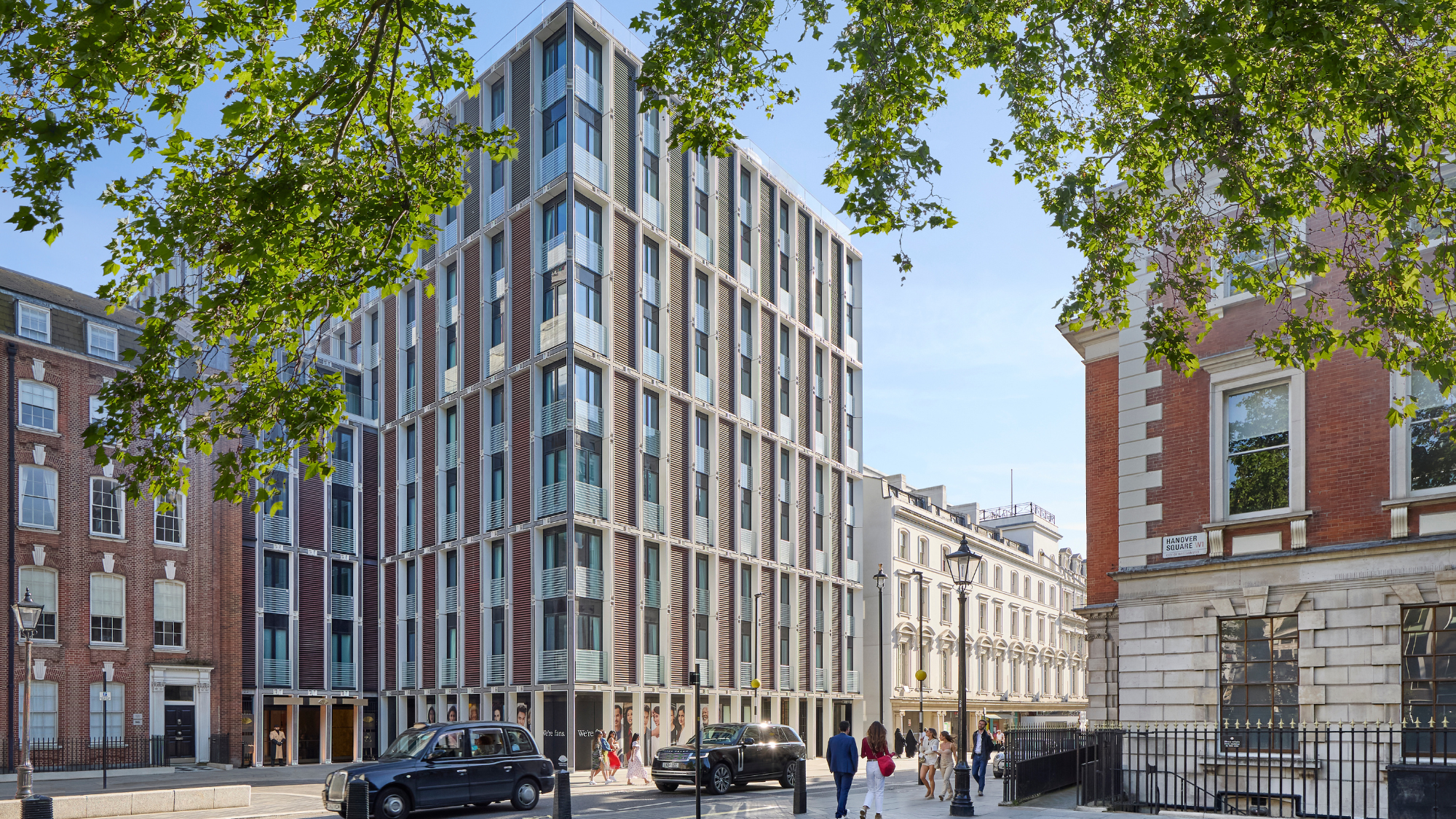 The Mini-Mayfair package at Mandarin Oriental
The Mini-Mayfair package at Mandarin OrientalThe Week Recommends Keep the kids entertained with a family-friendly stay at one of London’s swankiest hotels
-
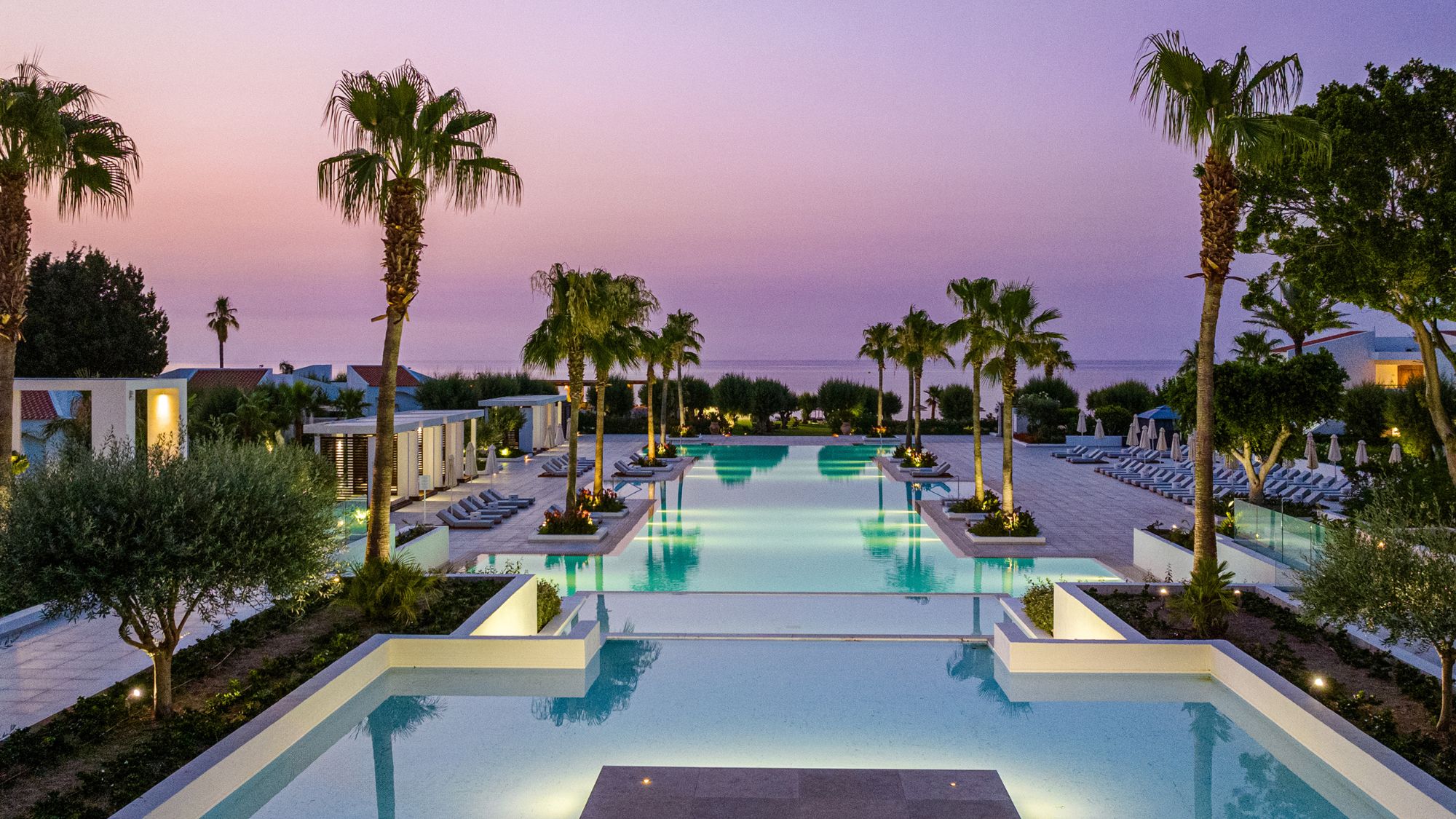 Grecotel Luxme Dama Dama: Greek luxury with a breezy beach vibe
Grecotel Luxme Dama Dama: Greek luxury with a breezy beach vibeThe Week Recommends Rhodes is reimagined in this refined and relaxed resort


